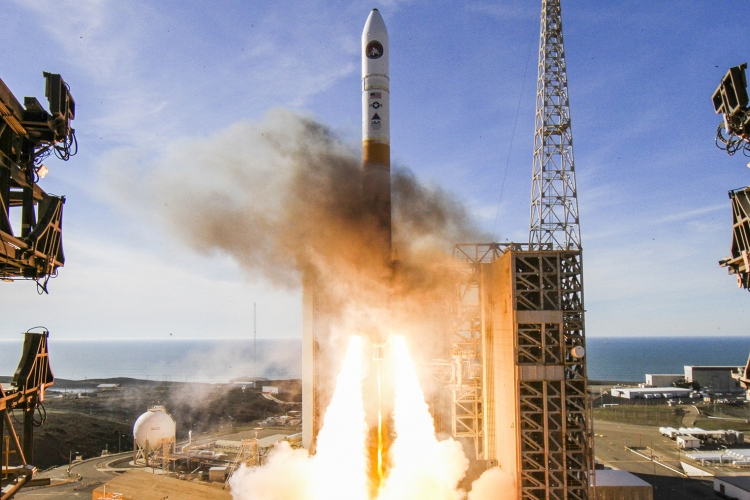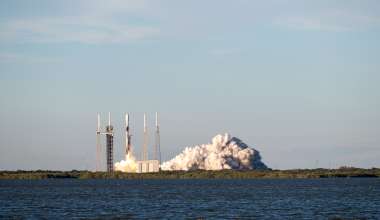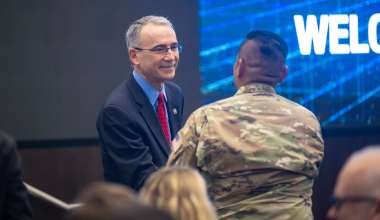In mid 2017, a Delta IV booster for a security agency mission was erected on launchpad SLC-6 at Vandenberg Air Force Base in California. In the following months, the combined United Launch Alliance (ULA), Air Force, and Aerospace team worked tirelessly to ensure the rocket would be ready to fly, proceeding through the rigorous set of mission assurance activities required for any national security satellite.
But the story doesn’t end there. This mission was especially challenging because it marked the first time that the new Common Avionics suite would fly on the Delta IV vehicle. This was a change that had been in work for more than six years, spurred by the need to replace obsolete avionics components, stabilize the industrial base, and reduce costs. Common Avionics had previously flown on an Atlas V, but this first flight on a Delta IV required a complete re-evaluation of the vehicle electronics. As Aerospace CEO Steve Isakowitz was heard to say at the Aerospace President’s Review, “The paint job looks the same, but pretty much everything inside is new.”
Mission Assurance For An Upgraded Ground System
In addition to new hardware and new flight software, an entirely new ground system had to be put in place at SLC-6 to control the new avionics. This ground system also required two “wet” dress rehearsals just before Christmas to verify that it was ready to support the new configuration. Throughout it all, the Aerospace Delta IV team was there, step-by-step, with ULA, verifying critical operations and conducting independent assessments and analyses.
At the end of all this effort, the team was able to provide a high-confidence recommendation to Aerospace and SMC leadership that the mission was ready to fly.
After dry weather for months, the first planned launch on Wednesday, January 10, 2017, had to be scrubbed due to high winds from a storm that was passing through California. Thursday proved to be perfect weather for launch—but the ground system had a few last surprises for the launch team to work through. On Friday, everything finally came together, and the Delta IV M+ (5,2) vehicle with two solid-fueled strap-on rockets lifted off at 2:11 p.m. Pacific Time, flew a flawless trajectory, and separated the spacecraft 90 minutes later.
As is common in the space business, a tremendous amount of work was required to make something very hard look very easy, providing our country with an important national security capability. This was the 124th successful ULA launch, the 36th Delta IV launch, and the 7th Delta IV from Vandenberg.






